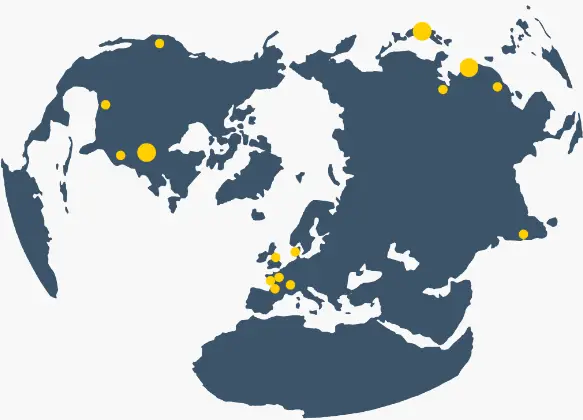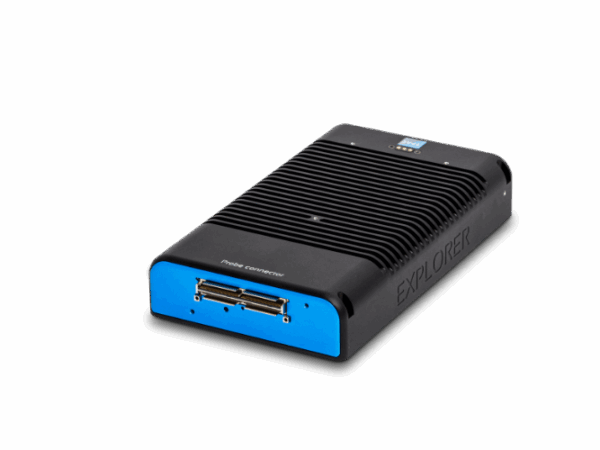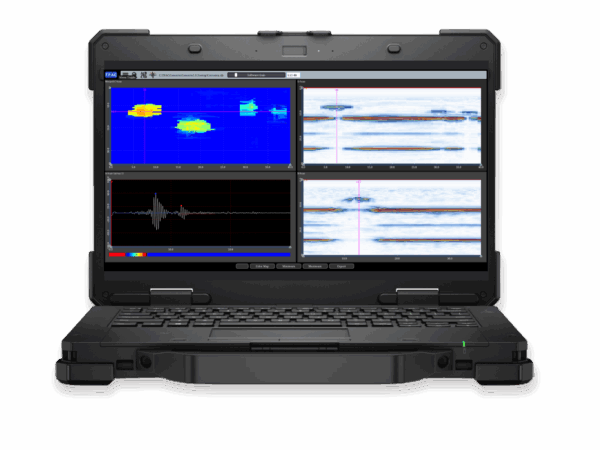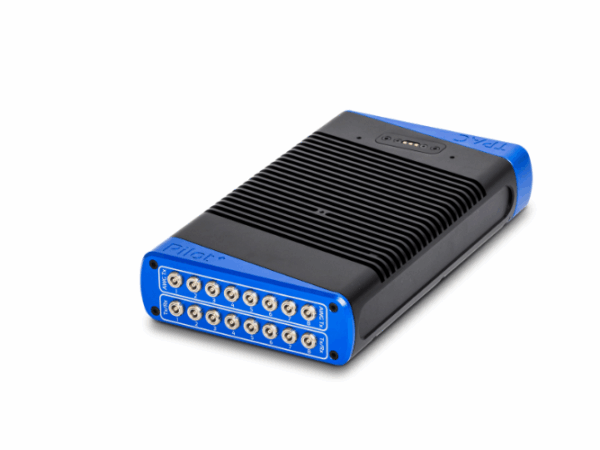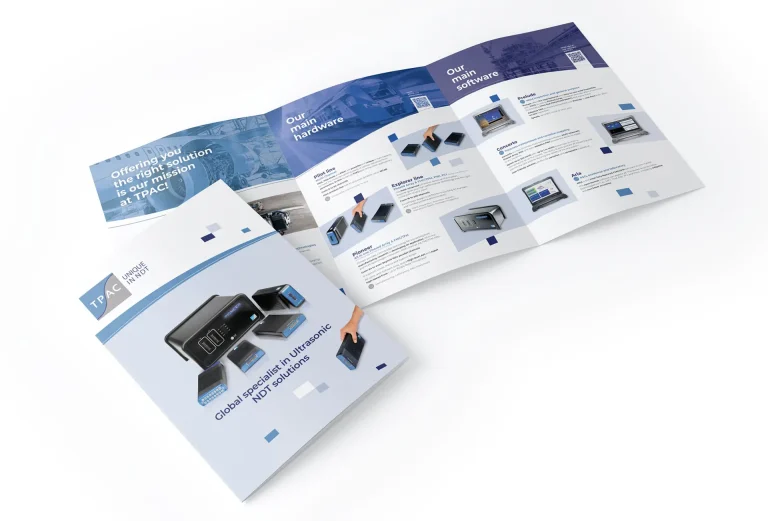TPAC, global specialist in Ultrasonic NDT Solutions!
Our product LINES
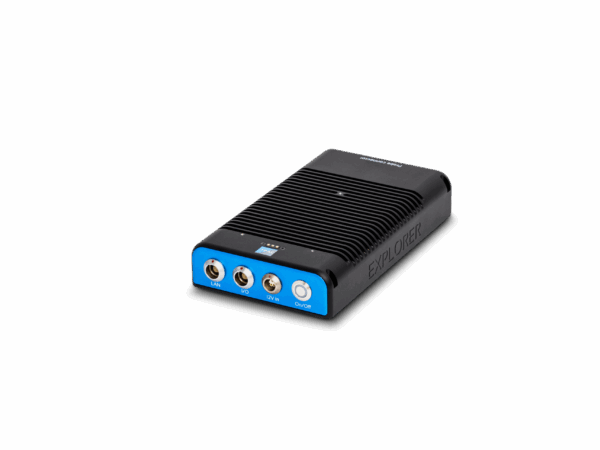
Explorer – Device for Phased Array Ultrasonic Testing
Getting you the right solution
is our mission at TPAC!
Whether it is a standard or tailor-made solution, from the most standard to the most NDT Ultrasonic applications.
You tell us what your challenges are, we will build the most adapted offer based on our unique offering: product portfolio, know-how, and the widest range of technologies. We are your personal NDT specialists.
Download our NEW brochure
Discover at a glance who we are and what we can offer to you
Our mission
At TPAC, it's not just about technology; it's a partnership for YOUR inspection success!
-
Unlocking success together
Discover YOUR own Ultrasound NDT solution with our experts - Your needs, your financial plan We match you with the right system, tailored to your needs
-
Tailored solutions, when needed
Whether standard or custom, our expertise ensures a perfect fit for your goals -
Partnership beyond products
We prioritize rapid progress in your projects to build lasting partnerships, not just providing solutions -
Direct support
Need help? Reach out. We are here to provide a clear understanding, ensuring you are never alone
Fit to needs
Budget matching
Expertise
Performance
Explorer : a complete PAUT and FMC/TFM platform
TPAC introduces the Explorer Series, a new generation of Phased Array and FMC/TFM instruments built for performance, speed, and flexibility.
Compact, powerful, and ready for any challenge, the Explorer platform sets a new benchmark in advanced ultrasonic imaging.
News & events
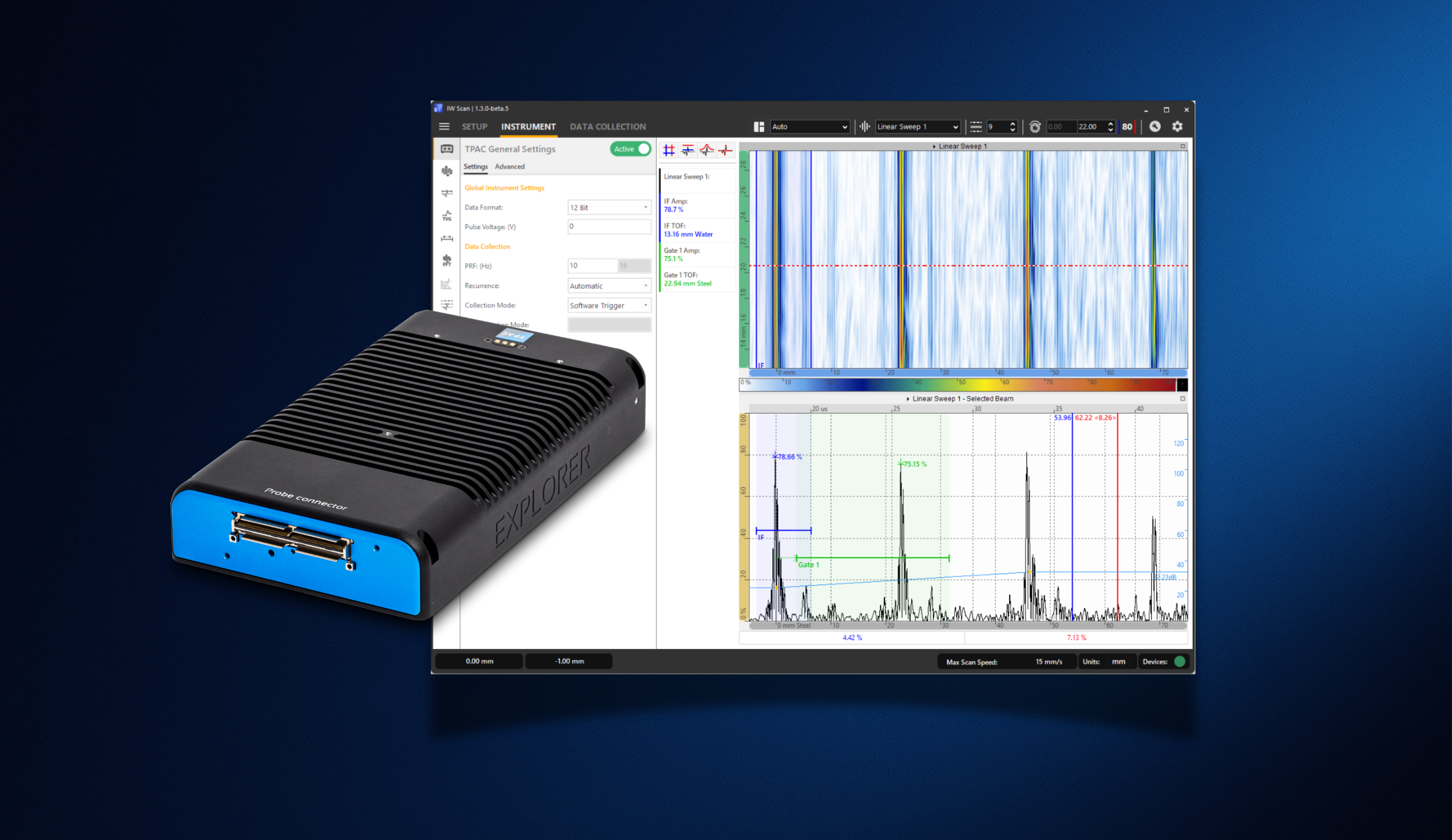
TPAC Explorer Now Supported in IW Scan by UTEX Scientific
Explorer is fully compatible with IW Scan, allowing users to collect and visualize data directly within UTEX’s software environment.
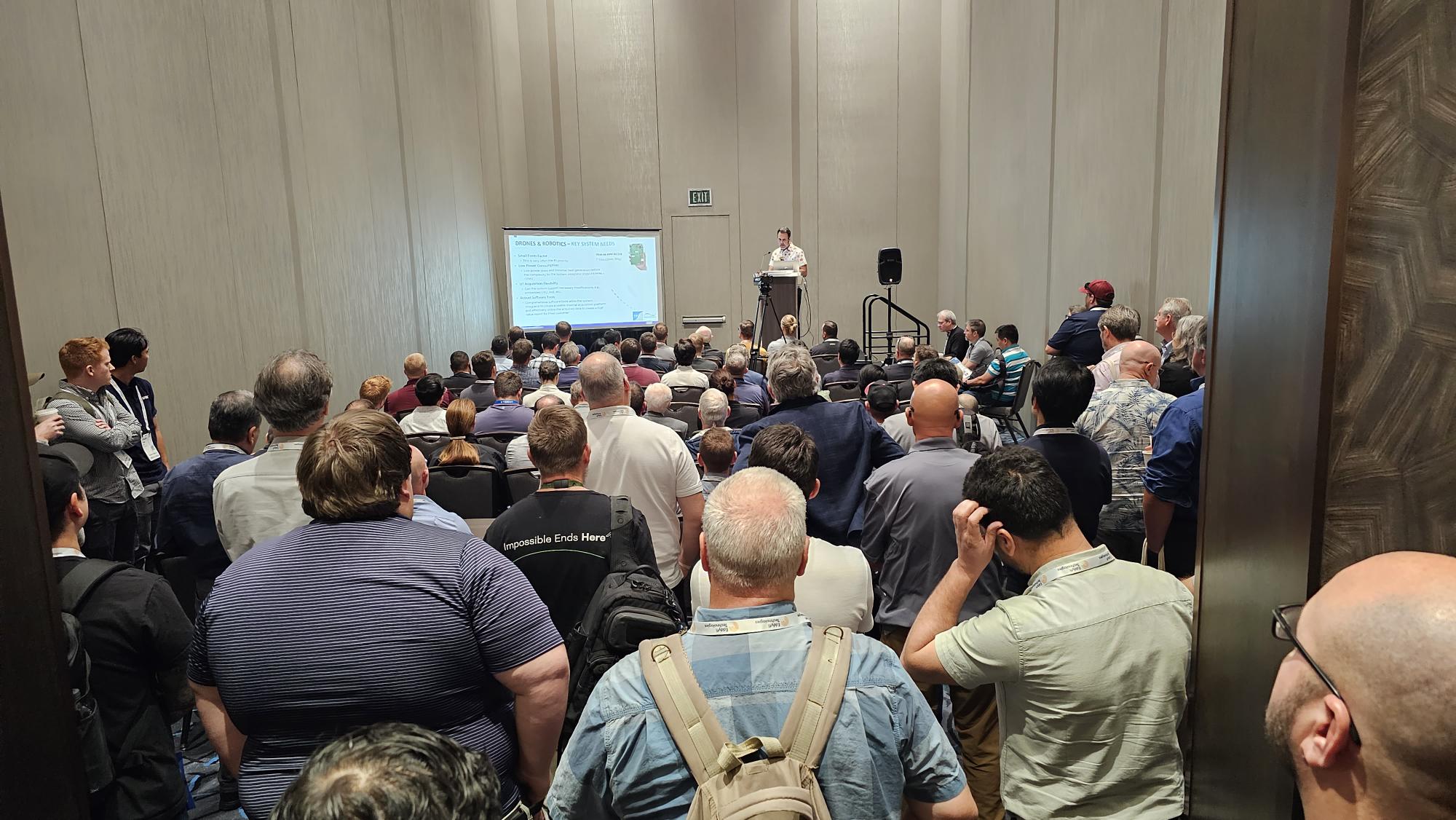
Everything You Need to Know About the ASNT Conference 2025 in Orlando
Discover TPAC’s expertise in linear array probes for NDT, from design and applications to advanced techniques for precise, reliable inspections.
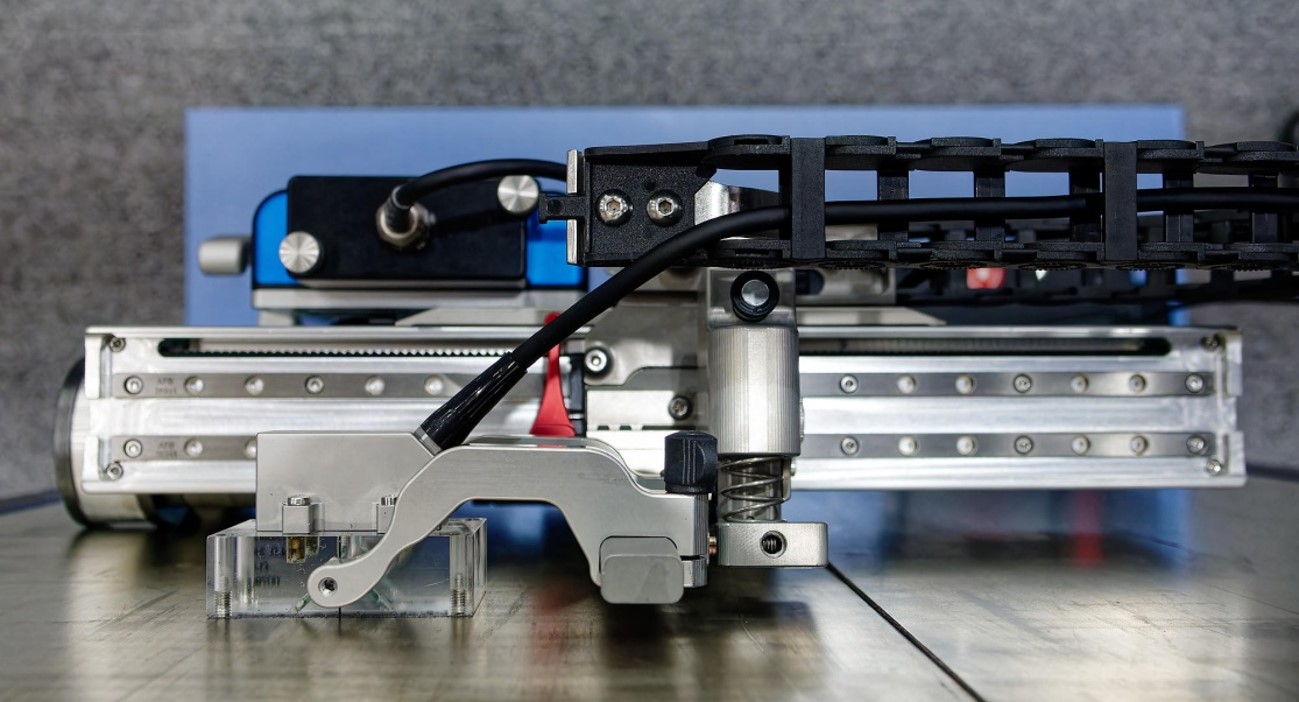
Linear Probes in NDT – Capabilities and TPAC Expertise
Discover TPAC’s expertise in linear array probes for NDT, from design and applications to advanced techniques for precise, reliable inspections.
Neuronal
organization
Prime support
worldwide
Culture diversity
beyond language
Driven by
Customer satisfaction
Top experts,
Physics, App
International scientific
publications
Contact us
